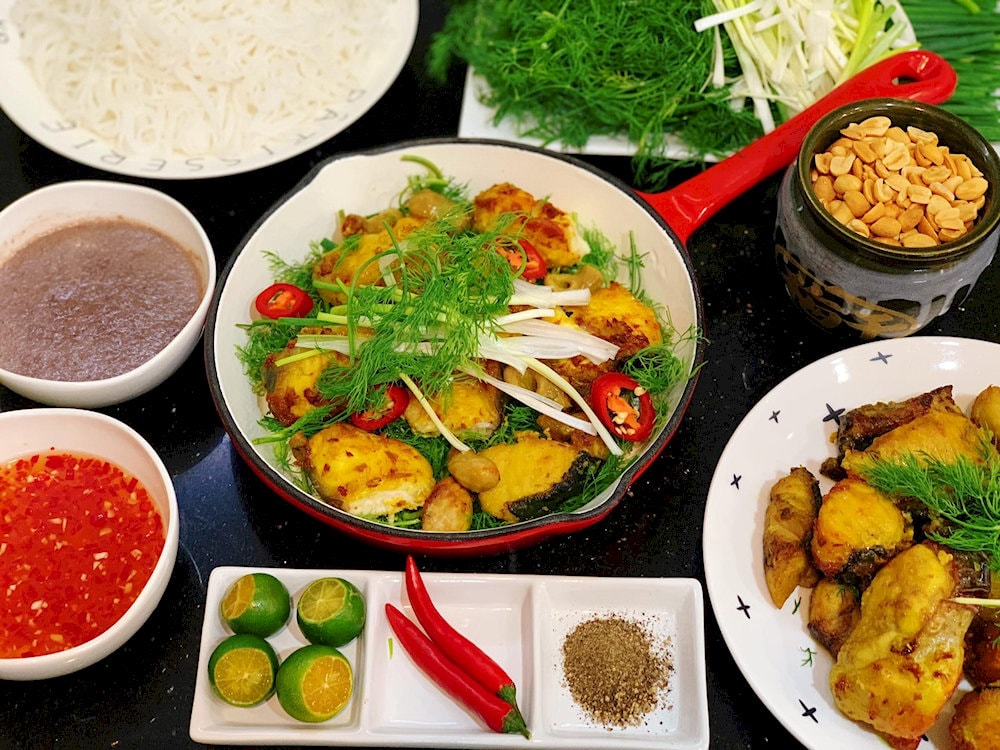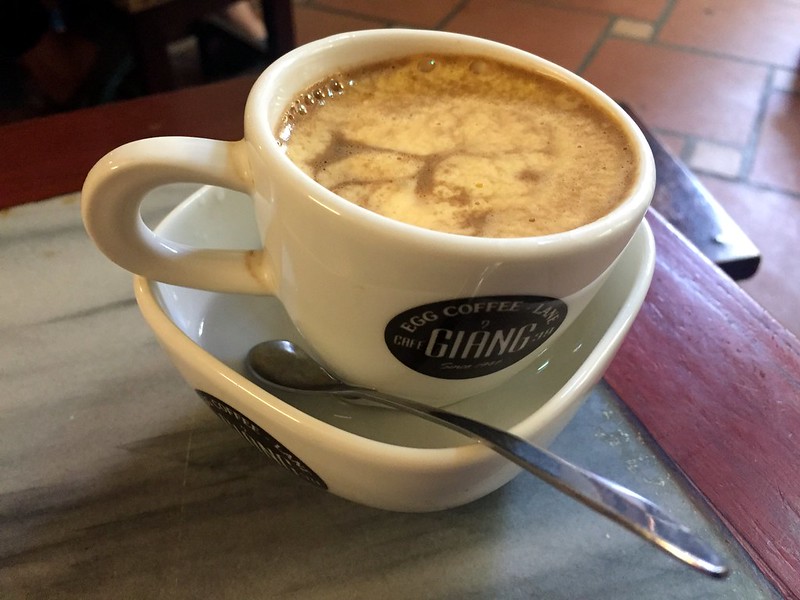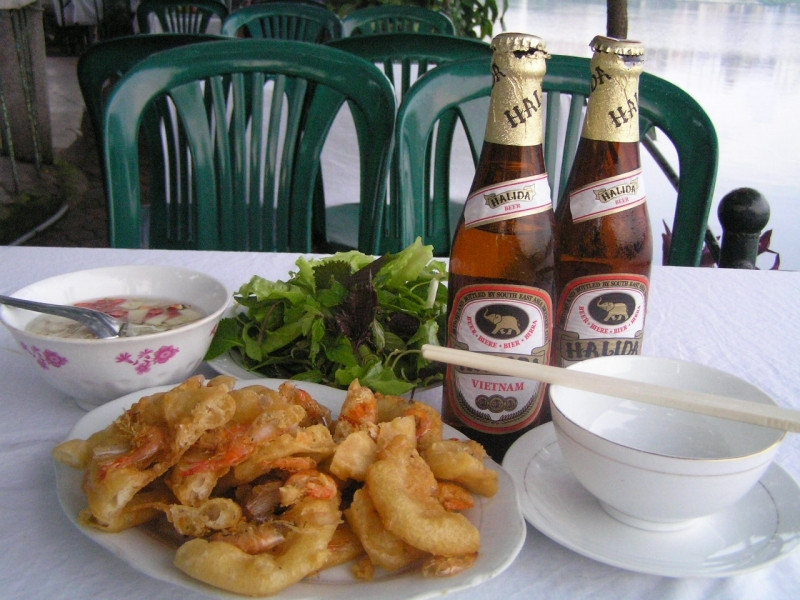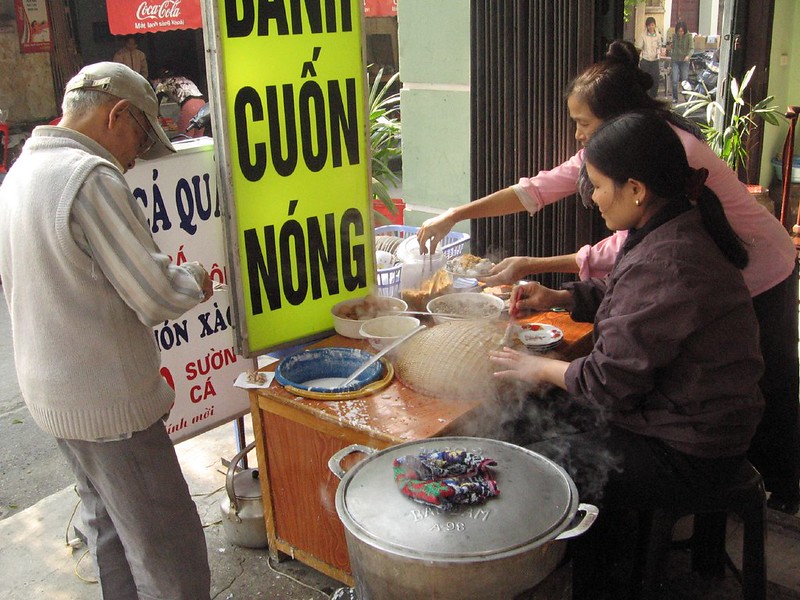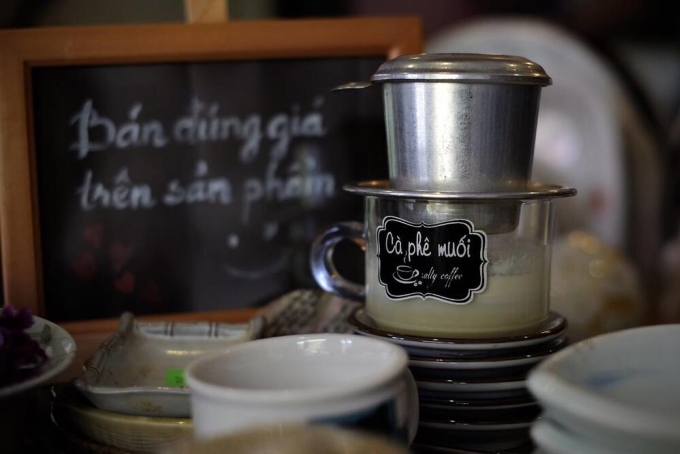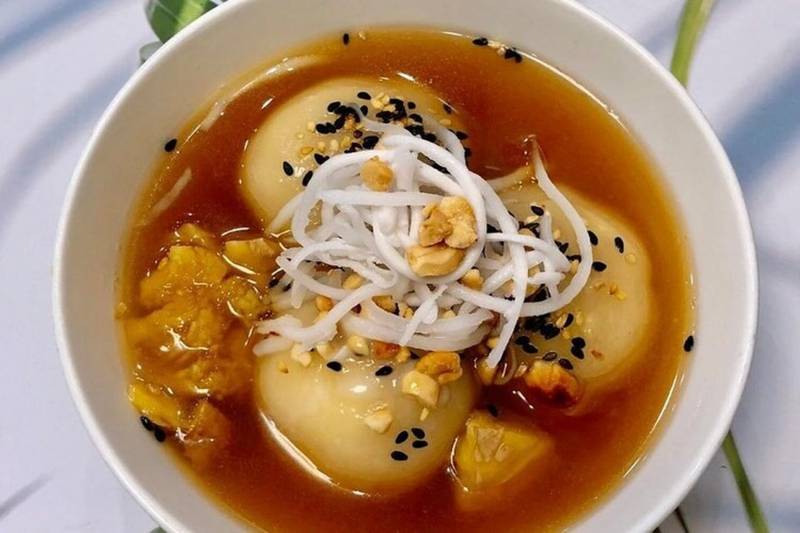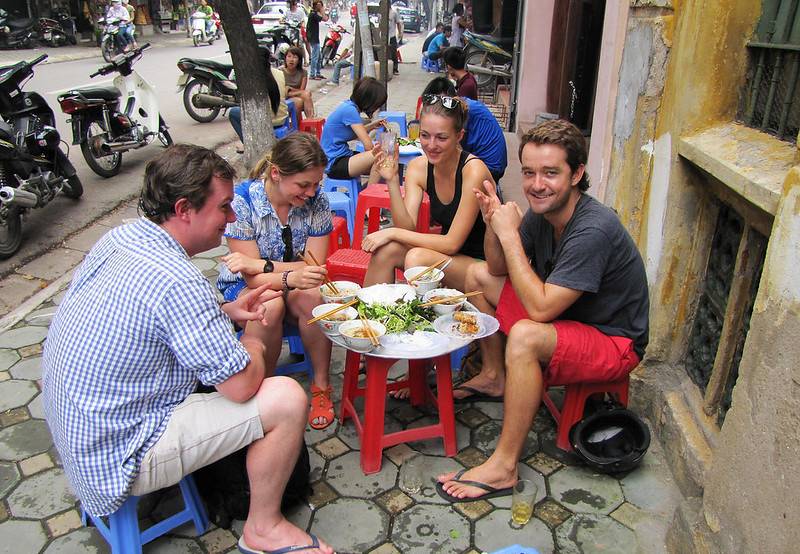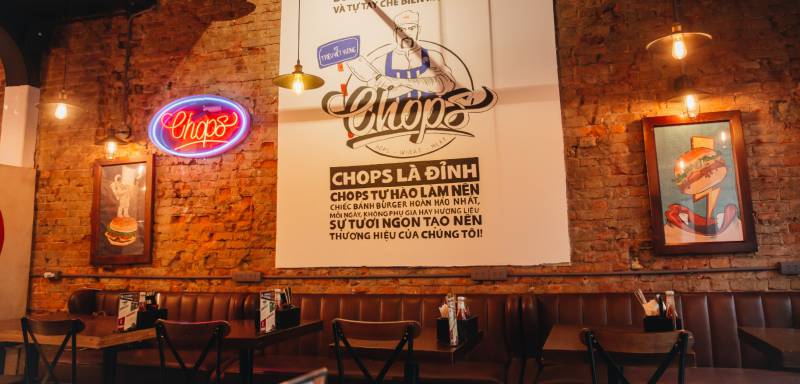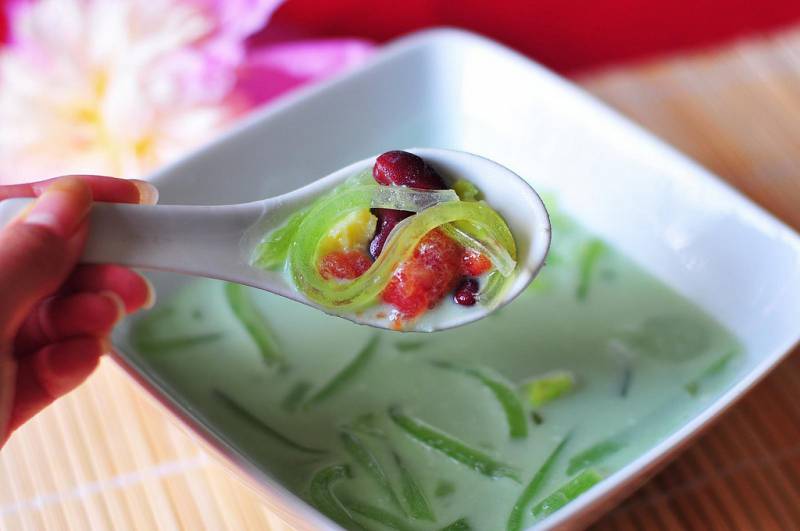Located in the heart of Hanoi’s Old Quarter, “Cha Ca La Vong” is considered one of the iconic dishes of Vietnamese cuisine. This traditional Hanoi fish cake, with its distinctive flavor of turmeric and dill, brings a rich cultural heritage and a captivating taste that captivates both locals and tourists. This article will guide you through everything you need to know to fully enjoy this traditional specialty.
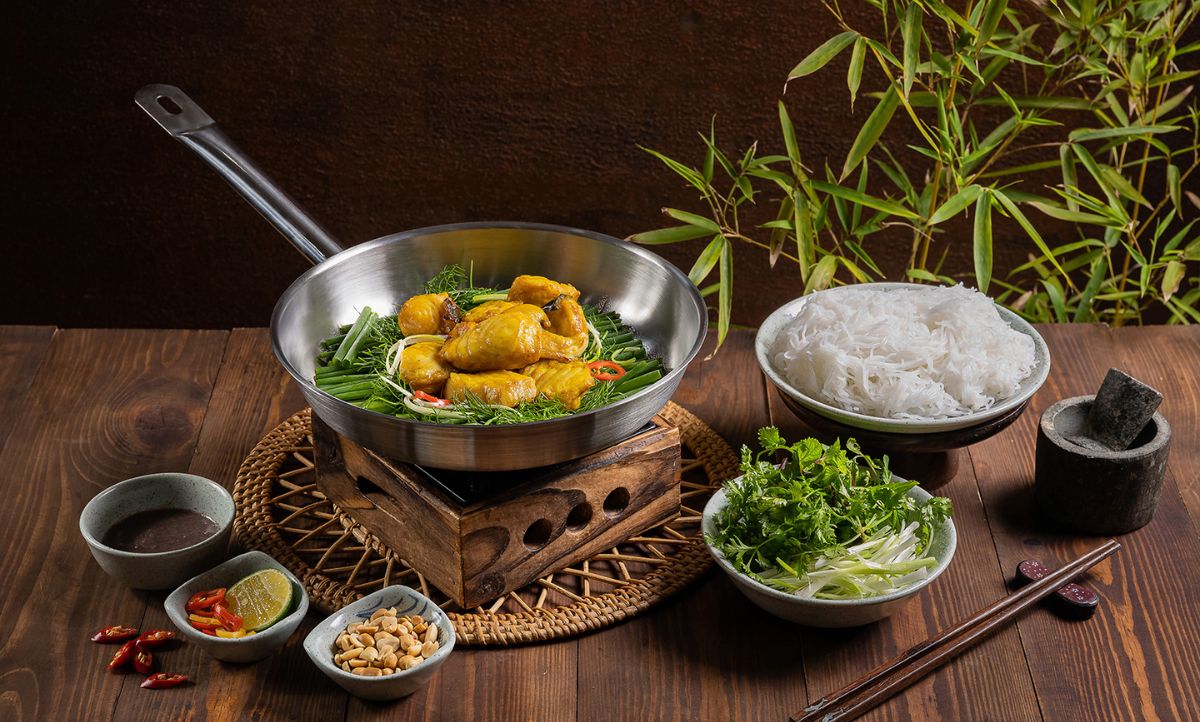
La Vong fish cake originated in 1871, during the French colonial period in Vietnam. Not only is it a local specialty, this dish also preserves the quintessence of Vietnamese cuisine with its rich, delicious flavor. Its special preparation and unforgettable taste continue to impress international visitors, making it a famous symbol of Hanoi's culinary heritage.
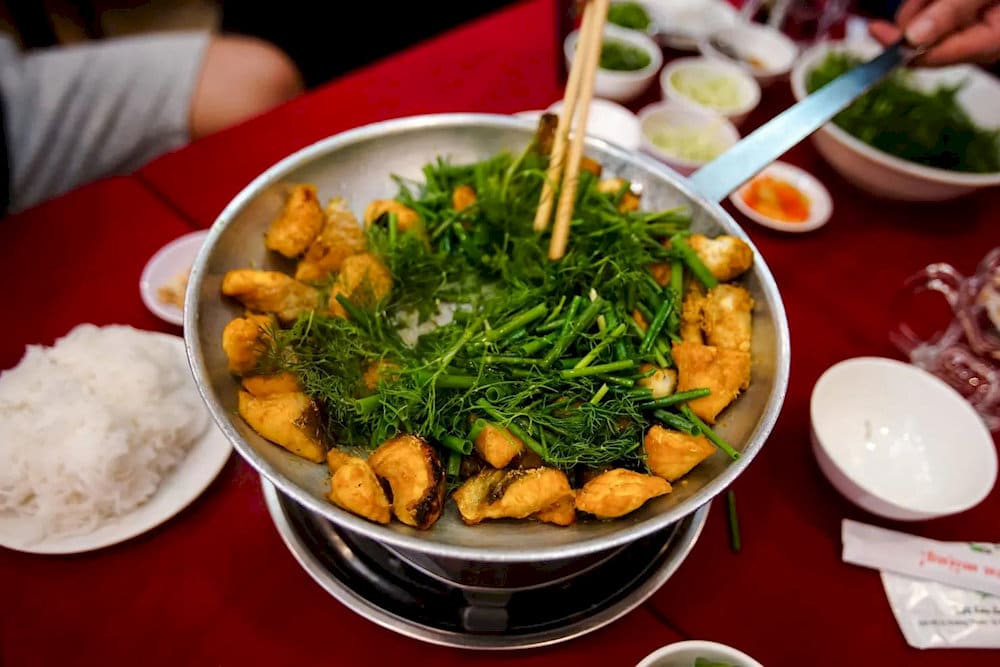
To truly enjoy Cha Ca La Vong, one must not only enjoy the rich flavor but also experience the unique preparation method. In the following sections, we will explore what makes the ingredients special and the traditional dining rituals that contribute to the overall experience of this iconic Hanoi dish.
Just before serving, the grilled fish pieces are placed in a pan of bubbling hot fat, a signature step of the dish, placed on a charcoal stove right at the table. As the fish sizzles, fresh dill and green onions are added and mixed quickly before serving. This method avoids the use of conventional cooking oil, favoring fat to increase heat and enhance flavor.">Fish cakes are usually made from fresh bagridae, a sweet, soft fish with few bones. The fish fillets are thinly sliced on both sides and marinated for at least two hours in a special spice mixture of galangal juice, turmeric, yeast, pepper and shrimp paste. After marinating, the fish is grilled over charcoal, skewered with fat to prevent sticking.
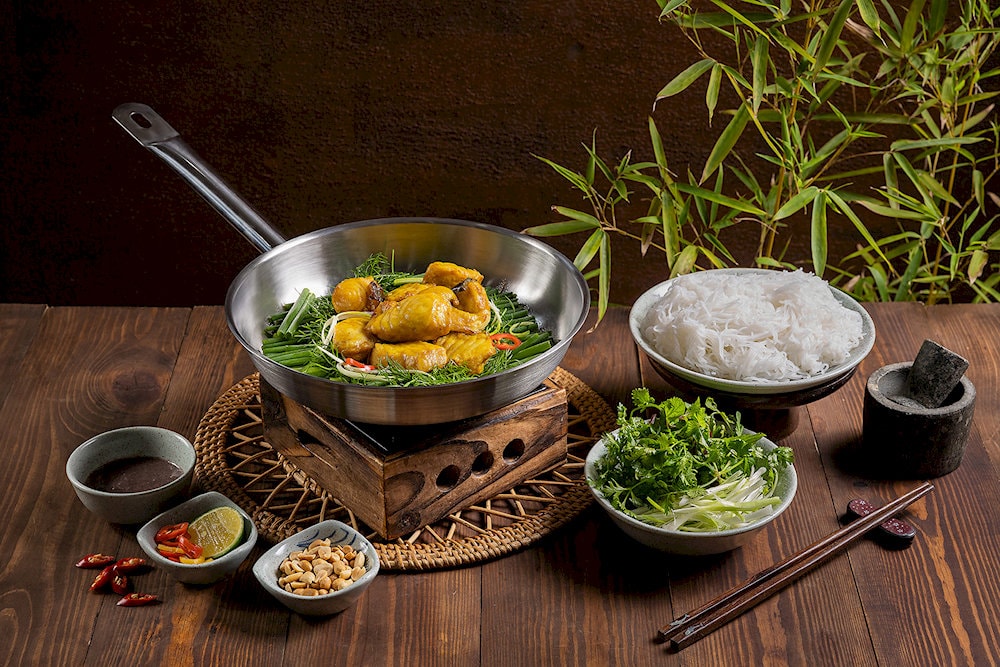
Fish cakes must be eaten hot to fully appreciate their flavor. When served, each piece of sizzling fish is picked up and placed in a bowl, drizzled with a layer of boiling fat, served with vermicelli, grilled rice paper, roasted peanuts, dill, green onions, pickled shallots, coriander and shrimp paste. Shrimp paste is elaborately prepared with lime juice, a little fat, sugar, white wine and chili. For those who cannot eat shrimp paste, fish sauce is sometimes used as a substitute, but it reduces the characteristic flavor of the dish.
